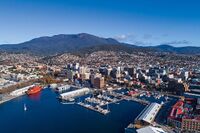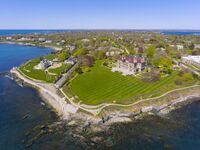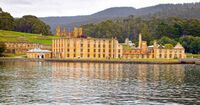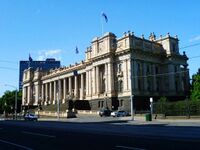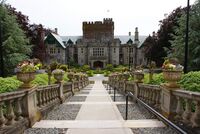Port Victoria
Jump to navigation
Jump to search
Port Victoria | |
|---|---|
Capital City | |
From top to bottom: Port Victoria skyline, Mansion District, New Gough Island National History Museum, New Gough Island National Assembly Building, New Gough Island Supreme Court Building, New Gough Island Executive Mansion, Battey Point Neighborhood, Old Town Port Victoria | |
| Country | New Gough Island |
| Region | South East Islands |
| Municipality | Port Victoria |
| Government | |
| • Mayor | James Parker (LDP) |
| Area | |
| • Capital City | 50 sq mi (100 km2) |
| • Land | 36 sq mi (90 km2) |
| • Water | 14 sq mi (40 km2) |
| • Urban | 410 sq mi (1,100 km2) |
| • Metro | 2,800 sq mi (7,000 km2) |
| Population (2024) | |
| • Capital City | 179,000 |
| • Density | 4,972/sq mi (1,920/km2) |
| • Urban | 1,290,000 |
| • Urban density | 3,146.3/sq mi (1,214.8/km2) |
| • Metro | 1,680,000 |
| • Metro density | 600/sq mi (200/km2) |
| Demonym | Port Victorian |
Port Victoria is the capital city of the New Gough Island. It is the 5th largest city of New Gough Island. The Greater Port Victoria is the second largest metro area in the country home to 1.098 million people.
Neighborhoods
Sister Cities
Králowec, F.D., Morrawia (2000)
